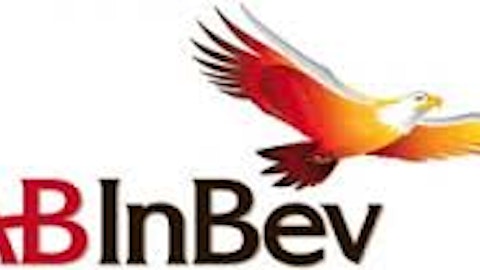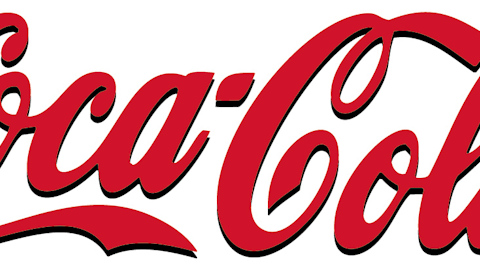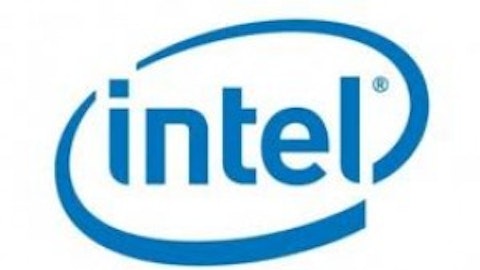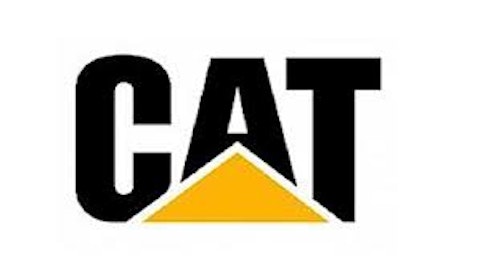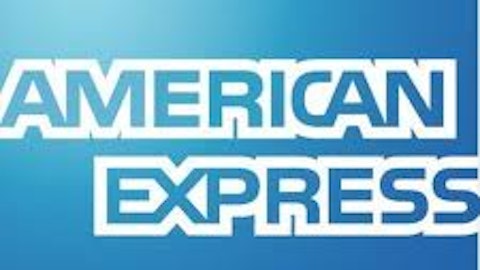Caterpillar Inc. (NYSE:CAT) has been trying to dominate the huge Chinese construction and mining equipment market. Acquisitions seemed to be a good strategy, and in June 2012 Caterpillar bought ERA Mining Machinery, a Chinese equipment maker for underground coal mine, for $886 million. However, in the fourth quarter of 2012 the company had to record a goodwill impairment charge of as much as $580 million, nearly 65.6% of the total purchase price, from the value of ERA. This goodwill charge has made CAT’s fourth quarter profits plunge by 55%. Should investors be scared of the declining profits in Caterpillar? Or is the company still a good long-term stock to hold?
Sluggish Fourth Quarter
In the fourth quarter 2012, Caterpillar generated $16 billion in revenue, 7% lower than the revenue of $17.24 billion in the fourth quarter last year. The earnings came in at nearly $700 million, a 55% decrease from $1.55 billion in profit last year. EPS was $1.04 per share in the fourth quarter of 2012 compared to the EPS of $2.32 in Q4 2011. The significant decline in profits was due to a write-off of $580 million, or $0.87 per share. In addition, the sluggish fourth quarter profit was also affected by lower production and a $2 billion decrease in inventory.
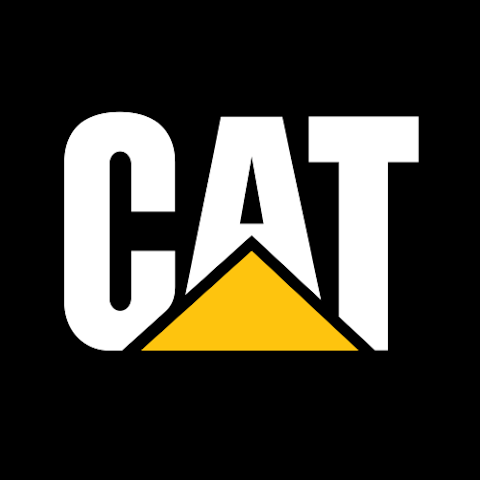
Dated back to the end of 2011, Caterpillar announced its intention to buy ERA Mining Machinery for $886 million. ERA was the third biggest provider of hydraulic roof supports for underground coal mines in China. At that time, ERA seemed to be a fast growing company. In 2007, the profit before tax was only $1.9 million, but it had grown more than 1000% $20.7 million in 2009. The boom in the construction machinery market had fueled ERA’s significant top line growth. The revenue increased from $2 million in 2008 to $251 million in 2011.
Caterpillar seemed to overpay for ERA, with an $886 million price tag valued ERA at more than 3.5x P/S. In addition, Caterpillar acquired ERA at the peak of the Chinese construction machinery market. Many analysts commented because of the slowdown in construction activities the construction machinery market had experienced a significant decline since the end of 2011. Indeed, several months after the offer, ERA reported a full-year loss of nearly $1.3 million, due to higher steel prices and increased financing costs.
Caterpillar said that it had unveiled a “deliberate, multi-year, coordinated misconduct” in Siwei, ERA’s main subsidiary. The company noticed the discrepancies between the inventory in the books and the actual inventory of Siwei. The discrepancies were found out when a physical inventory count was conducted at Siwei as part of the company’s integration process. So it seemed that Caterpillar simply relied on the audited financial statements for the acquisition. The company said: “We believe our process is rigorous and robust and includes Caterpillar personnel and outside accounting, legal and financial advisors. It is important to understand that Siwei was a publicly traded company with audited financial statements.” Despite the accounting fraud in Siwei, Caterpillar remained confident about its strategy to expand in the fast growing Chinese equipment industry with Siwei roof support products.
Best Performance with Lowest Valuation
In 2012 Caterpillar still enjoyed decent growth in both its top line and bottom line. Sales increased from $60.14 billion in 2011 to $65.87 billion in 2012, while EPS reached $8.48, a 15% growth compared to $7.40 per share in 2011. Caterpillar is trading at $99.50 per share, with a total market cap of more than $65 billion. The market is valuing the company at 8.52x EV/EBITDA. Compared to its peers, including CNH Global NV (ADR) (NYSE:CNH) and AB Volvo, Caterpillar has the cheapest valuation. With a market cap of $12 billion, CNH is valued at 9.2x EV/EBITDA, while AB Volvo is the most expensive with 11.25x EV/EBITDA. Even with the lowest valuation, Caterpillar generated a 14% operating margin, the highest among the three, whereas the operating margins of CNH and AB Volvo were 10% and 7%, respectively.
Foolish Bottom Line
A $580 million one-time charge accounted for only 0.9% of Caterpillar’s total market cap. Thus, it had a small effecton Caterpillar’s yearly overall business performance. It might be an wake-up call for the company to be more careful in business acquisition in the future. With the highest operating margin and lowest valuation, Caterpillar remains a good choice for investors in a long run.
The article A Small Glitch in the Best Construction Equipment Maker originally appeared on Fool.com and is written by Anh HOANG.
Copyright © 1995 – 2013 The Motley Fool, LLC. All rights reserved. The Motley Fool has a disclosure policy.
